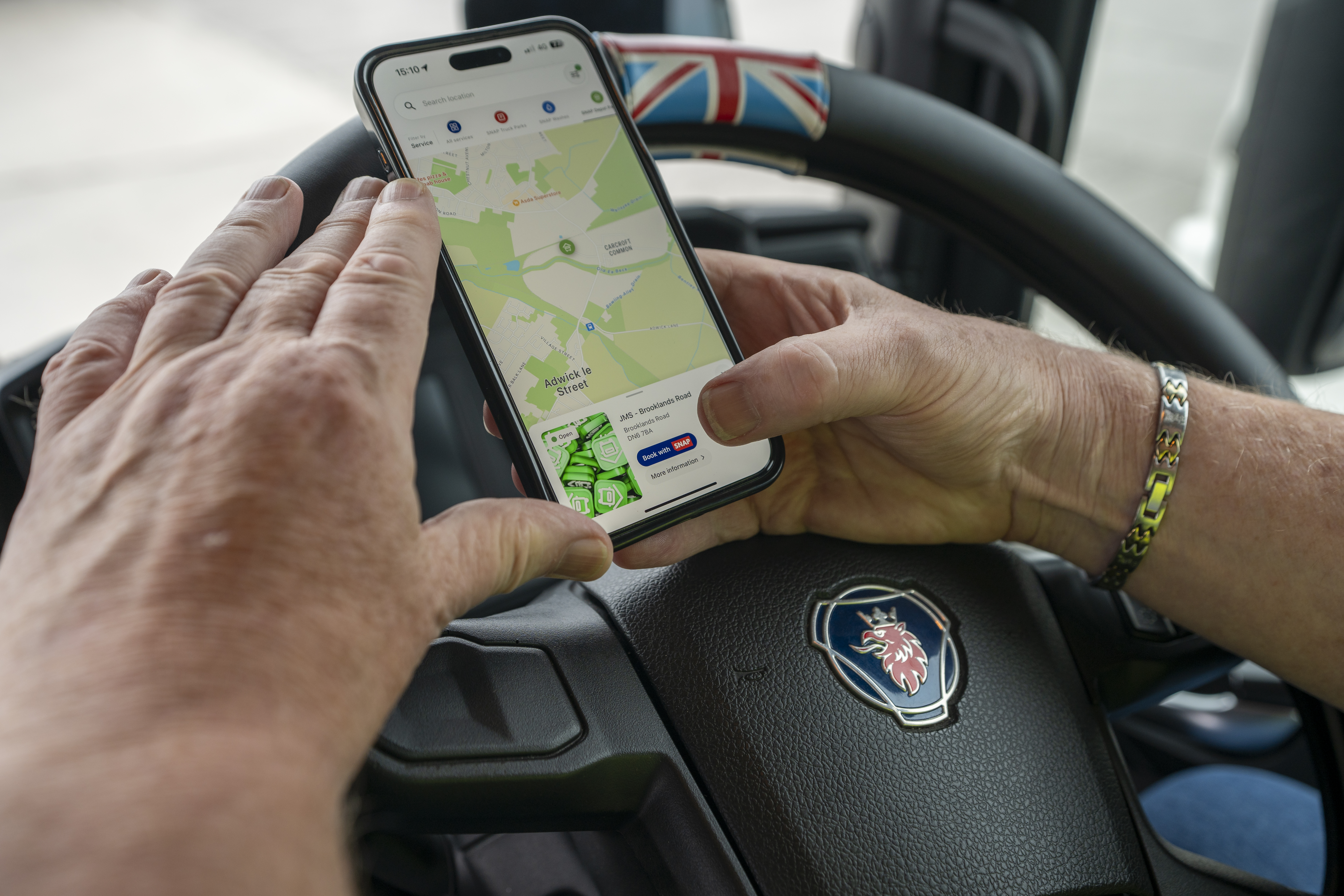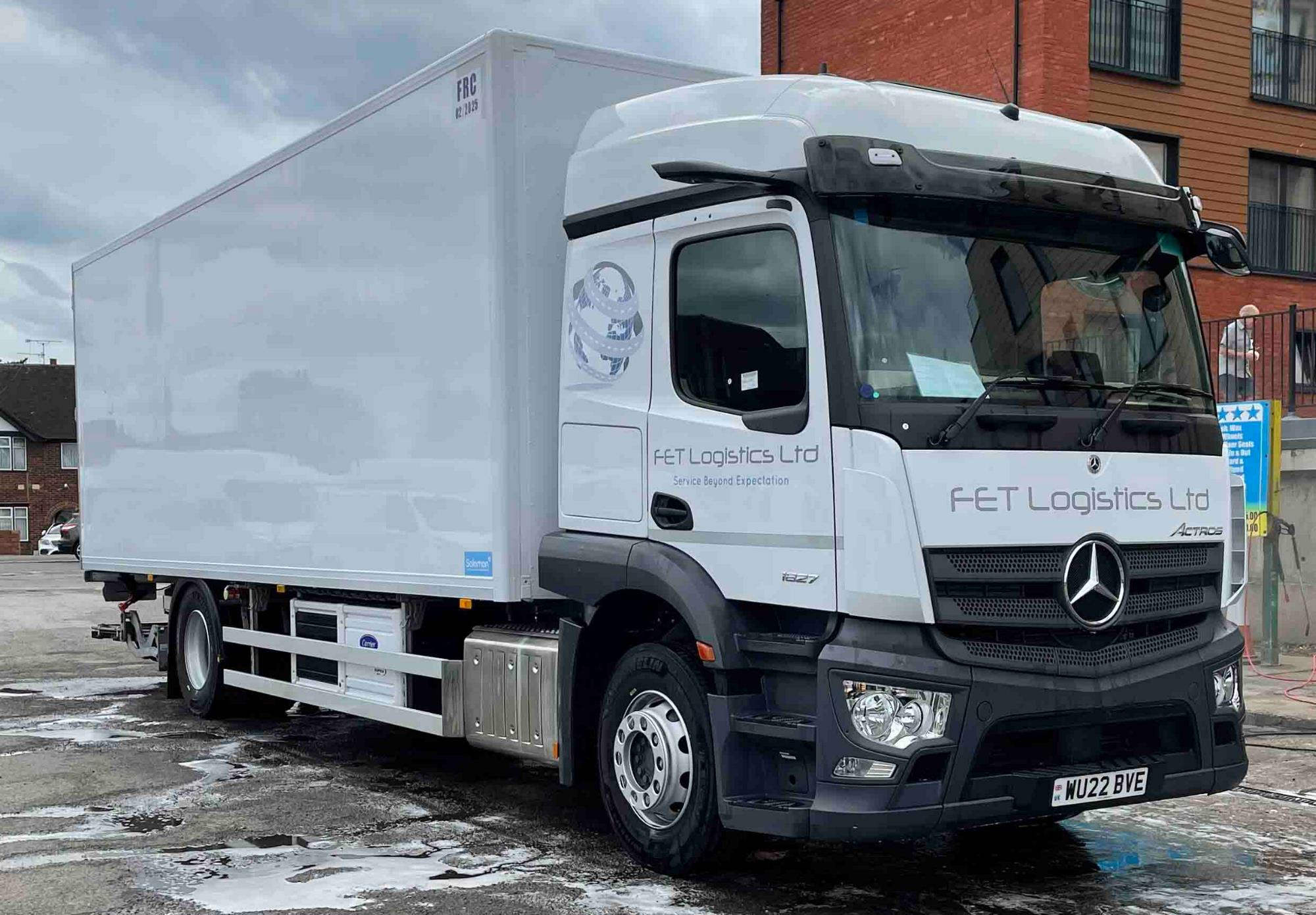
Miranda Blake
Routeoptimalisatie met software voor wagenparkbeheer - SNAP Account
Gemaakt: 18-11-2024
•
Bijgewerkt: 18-11-2024
Het optimaliseren van routes is van het grootste belang voor wagenparkbeheerders die efficiëntie en kosteneffectiviteit nastreven. SNAP Account biedt een allesomvattende aanpak voor routeoptimalisatie, zodat zowel chauffeurs als wagenparkbeheerders met gemak door de complexiteit van de weg kunnen navigeren. Laten we eens dieper ingaan op de verschillende aspecten van routeoptimalisatie en de voordelen en algemene impact ervan belichten.
Routeoptimalisatie begrijpen
Routeoptimalisatie omvat de strategische planning van rijroutes om de efficiëntie te verhogen, de kosten te verlagen en de dienstverlening te verbeteren. Het primaire doel is om de beste routes voor voertuigen te bepalen, rekening houdend met factoren zoals afstand, verkeerspatronen en leveringsschema's.
Belang van routeoptimalisatie
- Kostenbesparing: Door de reisafstand en -tijd te minimaliseren, kunnen bedrijven hun brandstofkosten en slijtage aan voertuigen aanzienlijk verlagen. Grotere klanttevredenheid: Tijdige leveringen zorgen voor meer vertrouwen en tevredenheid bij de klant, wat leidt tot herhaalopdrachten.
- Efficiënte routing stelt chauffeurs in staat om meer af te leveren in minder tijd, waardoor de algehele productiviteit toeneemt.
Sleutelfactoren bij routeoptimalisatie
- Verkeersomstandigheden: Real-time gegevens kunnen helpen bij het dynamisch aanpassen van routes.
- Voertuigcapaciteiten: Inzicht in de beperkingen en capaciteiten van elke vrachtwagen is cruciaal voor een effectieve planning.
- Leveringsvensters:** Het aanhouden van specifieke tijden is essentieel voor de klanttevredenheid.
Routeoptimalisatie met SNAP-account
Onze [fleet management software] (https://snapacc.com/fleet-operators/), SNAP Account, is revolutionair. Het is ontworpen om verschillende aspecten van de activiteiten te stroomlijnen, waaronder routeoptimalisatie, en verbindt chauffeurs, wagenparkbeheerders en dienstverleners via een geïntegreerd platform. Dit zorgt voor naadloze communicatie en efficiëntie.
Real-time informatie over truckstops
Via de intruck app en onze kaart bieden we toegang tot een netwerk van meer dan 600 servicepartners in heel Europa, waaronder truckparken, wasstraten en tankstations. Dergelijke informatie kan wagenparkbeheerders helpen om efficiëntere ritten te plannen door geschikte stopplaatsen te identificeren.
Vrachtwagenchauffeur in cabine met intruck](https://prodsnapstorage.blob.core.windows.net/public-news/38d23e28-4f36-4c83-bf12-794ea6702b2d-Truck%20driver%20in%20cab%20using%20intruck.jpg)
Mogelijkheden voor vooraf reserveren
Het platform stelt gebruikers in staat om plaatsen te reserveren op meer dan 160 Depot Parking Sites, waardoor ze tijdverlies kunnen voorkomen en hun routes kunnen optimaliseren door vooraf gereserveerde stops op te nemen.
Uitgebreid servicenetwerk
Met SNAP Account hebben chauffeurs toegang tot verschillende diensten zoals parkeren, wassen en tanken op talloze locaties in heel Europa. Dit uitgebreide netwerk kan bijdragen aan een flexibelere en efficiëntere routeplanning.
Digitaal beheer
Via ons portaal kunnen wagenparkbeheerders meerdere truckservices voor al hun voertuigen beheren via één account.
Benieuwd hoe SNAP Account het vlootbeheer in de praktijk verbetert? Ontdek wat we deden voor Delintra SP. Z.O.O.
Rol van brandstofmanagement
Effectief brandstofbeheer is een integraal onderdeel van routeoptimalisatie. SNAP Account bevat tools waarmee wagenparken het brandstofverbruik kunnen controleren en beheersen.
Alternatief voor tankkaart
Een alternatief voor traditionele tankkaarten, SNAP Fuel maakt naadloos brandstofbeheer mogelijk.
Kostentransparantie:* Vlootbeheerders hebben toegang tot gedetailleerde rapporten over uitgaven, zodat ze trends en verbeterpunten kunnen identificeren. * Kortingen:** Door samen te werken met Certas Energy kunnen we gebruikers van SNAP Accounts korting geven op brandstofprijzen, waardoor de operationele kosten nog verder dalen.
De ervaring van de bestuurder verbeteren
Een goed geoptimaliseerde route is niet alleen in het voordeel van de wagenparkbeheerder, maar verbetert ook de algehele ervaring voor bestuurders.
Vereenvoudigde betalingsprocessen
Het platform stroomlijnt deze processen voor chauffeurs, zodat ze geen contant geld of tankkaarten meer nodig hebben.
- Instant betalingen: Ze kunnen betalen voor diensten met behulp van hun kenteken, wat transacties vereenvoudigt.
- Verminder papierwerk: Alle uitgaven worden geconsolideerd op één factuur, waardoor de administratieve lasten worden verminderd.
Omdat de sector zich blijft ontwikkelen, is het omarmen van technologische ontwikkelingen cruciaal om concurrerend te blijven. Vlootbeheerders die hun routes willen optimaliseren en de algehele efficiëntie willen verbeteren, zouden moeten overwegen om SNAP Account te gebruiken als hun primaire oplossing voor vlootbeheer. Het verbetert niet alleen de operationele prestaties, maar draagt ook bij aan een duurzamere toekomst voor de transportsector.
Als u de vruchten wilt plukken voor uw eigen activiteiten, neem dan contact op door te bellen naar +44 (0)1603 777242.



